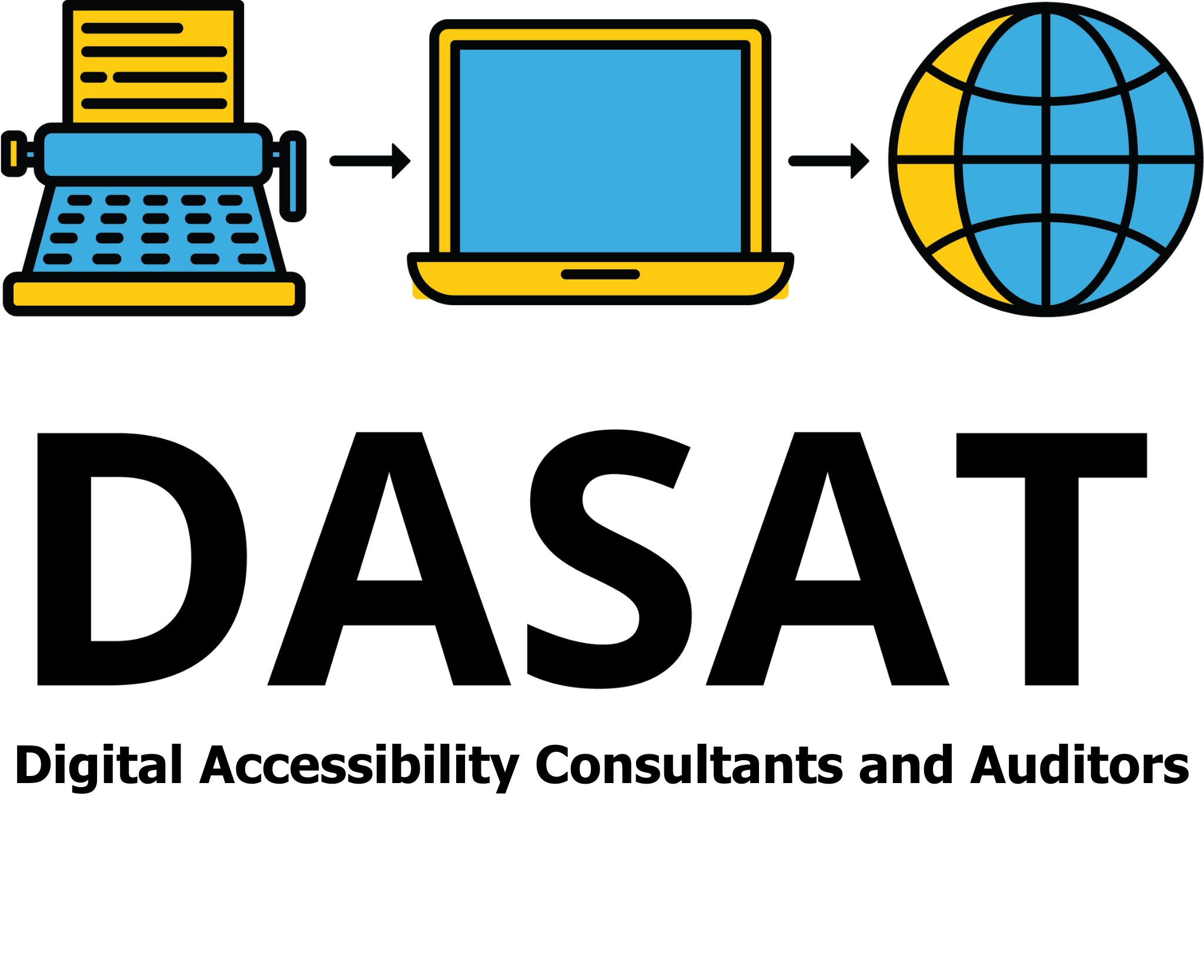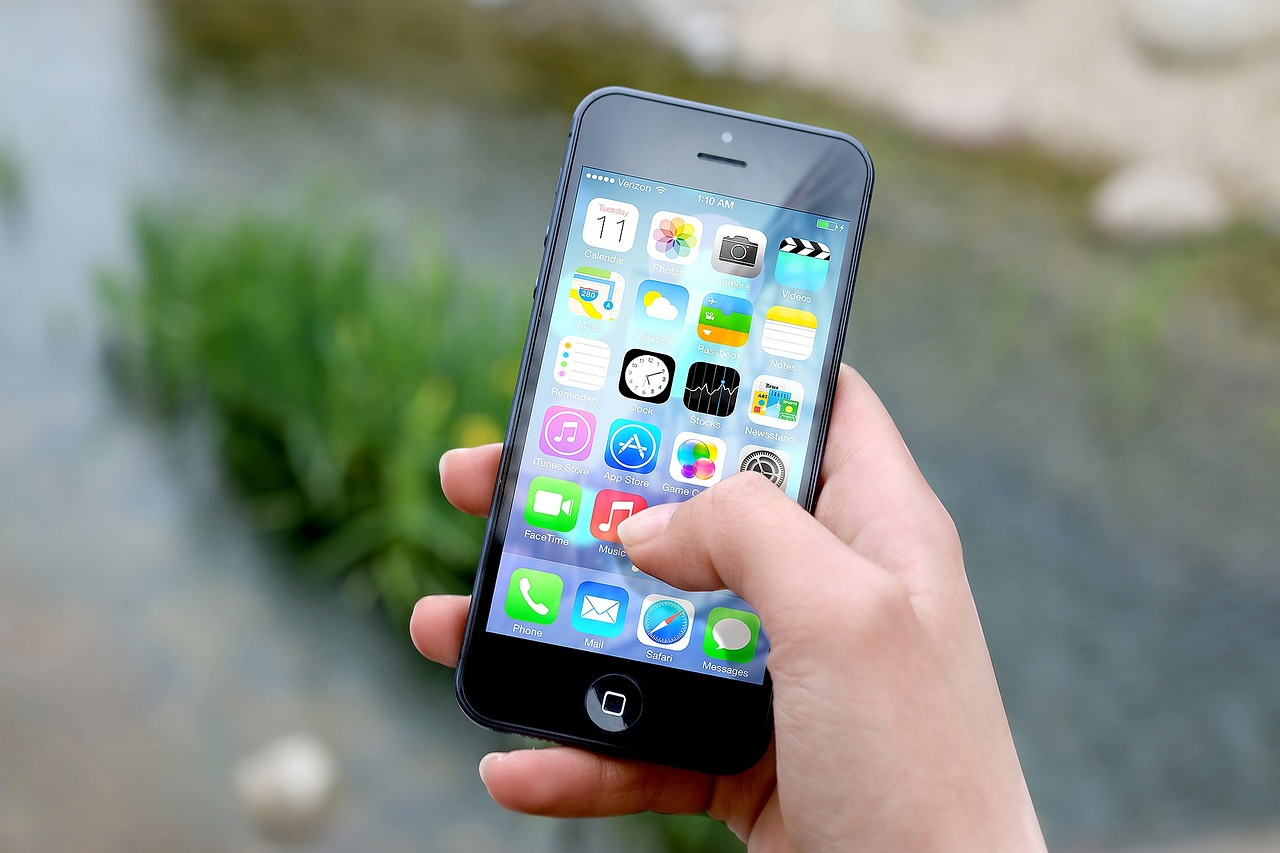
Digital accessibility, what does it mean to me?
I am a person with a severe vision impairment. I have a deteriorating condition that was only diagnosed 18 years ago. Knowing that my sight was going to deteriorate to a state where I was reliant on digital tools wasn’t scary. What was scary was knowing that the digital tools are there to to allow me to access information. However, the information is not structured so that the tools work.
Digital accessibility is about making sure everyone, including people with disabilities, can use technology without barriers. It’s more than just convenience. It’s about independence, inclusion, and equal opportunities. It reduces frustration. When digital accessibility is implemented properly, it changes lives in ways many people don’t even realize.
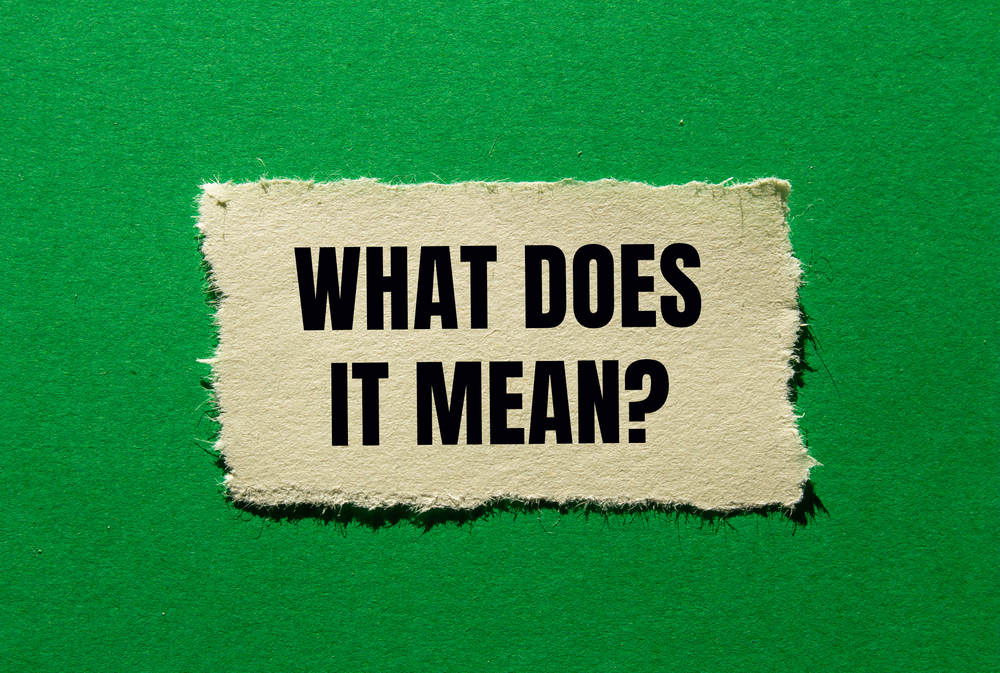
Independence Through Accessibility
For me, digital accessibility means independence. When websites, apps, and online services are designed with accessibility in mind, I can do things on my own without relying on others. I can shop online, read the news, book appointments, or connect with friends just like anyone else. Without accessibility, these everyday tasks become difficult or even impossible. I am forced to depend on others when I don’t want to.
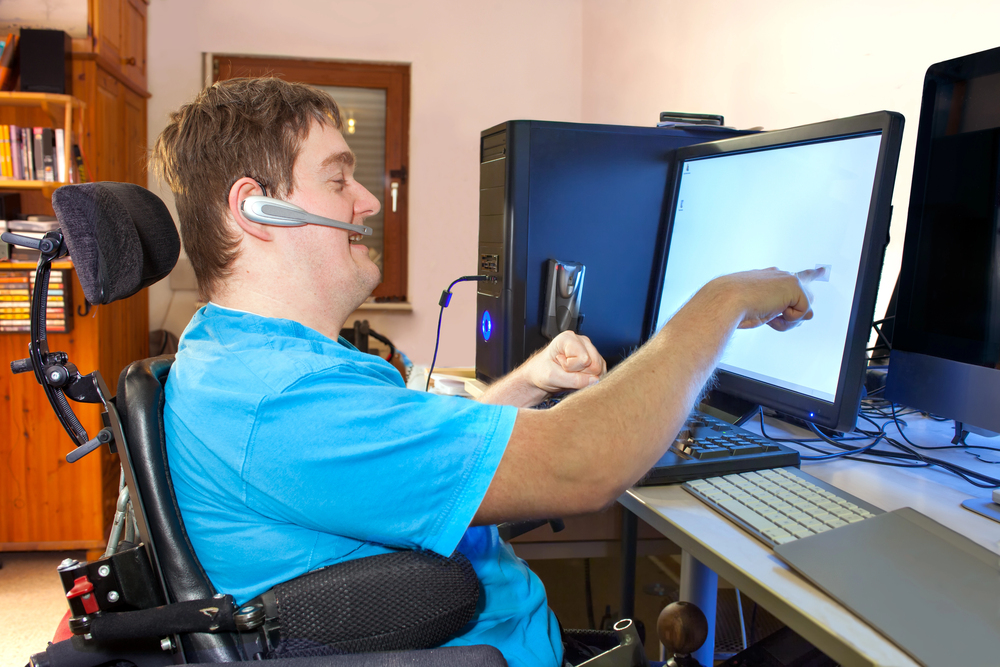
Emotional and Mental Well-being
Exclusion can be isolating. This applies to all aspects of a person’s life from the schoolyard to digital content. When I can’t access digital content, I feel left out. It’s frustrating to know that a website or app could be usable if only a few small changes were made. When I can access the website or email, I feel valued and included. When digital accessibility is implemented if gives me control of my life. It get a confidence boost and helps my mental well-being because I know I’m part of the digital world, not just watching from the sidelines.
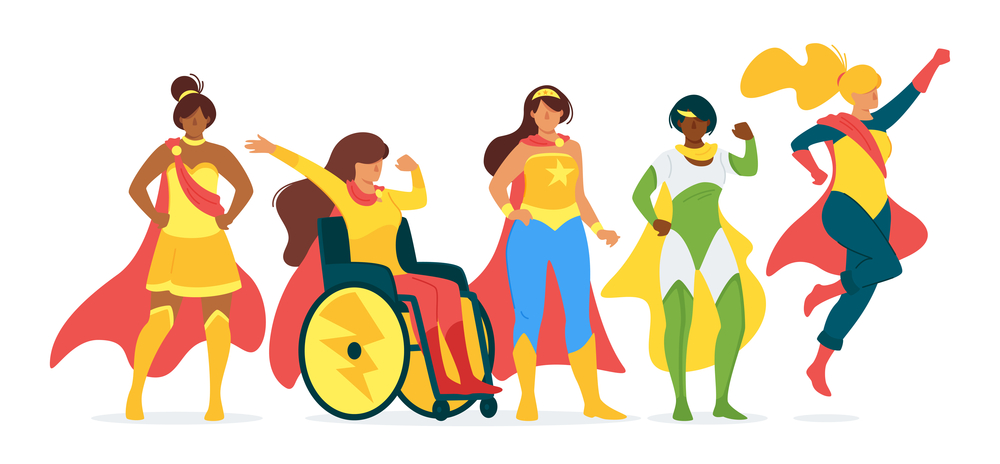
Physical Well-being
Struggling to use technology that isn’t accessible can take a physical toll, too. If I have to strain my eyes to read tiny text, navigate a website with a mouse when I can’t use one, or listen to content without captions when I’m deaf or hard of hearing, it causes stress and exhaustion. Good digital accessibility removes these unnecessary struggles, making everyday tasks easier and less tiring.
![]()
How Digital Accessibility Enables Travel
Travel is one of the biggest challenges for people with disabilities, but digital accessibility makes it much easier. Accessible websites and apps allow me to plan trips, book tickets, and find accommodation without needing assistance. Navigation apps with voice guidance or real-time accessibility information help me move around unfamiliar places with confidence.
Some public transport systems provide digital accessibility features, such as real-time bus or train tracking, voice announcements, and apps that offer accessible routes. Airline websites with proper accessibility features mean I can book flights, check in online, and receive updates without frustration.
When hotels and attractions provide detailed accessibility information online, I can decide where to stay and what to do without uncertainty. Travel should be for everyone, and when digital accessibility is considered, it makes exploring the world possible instead of stressful.
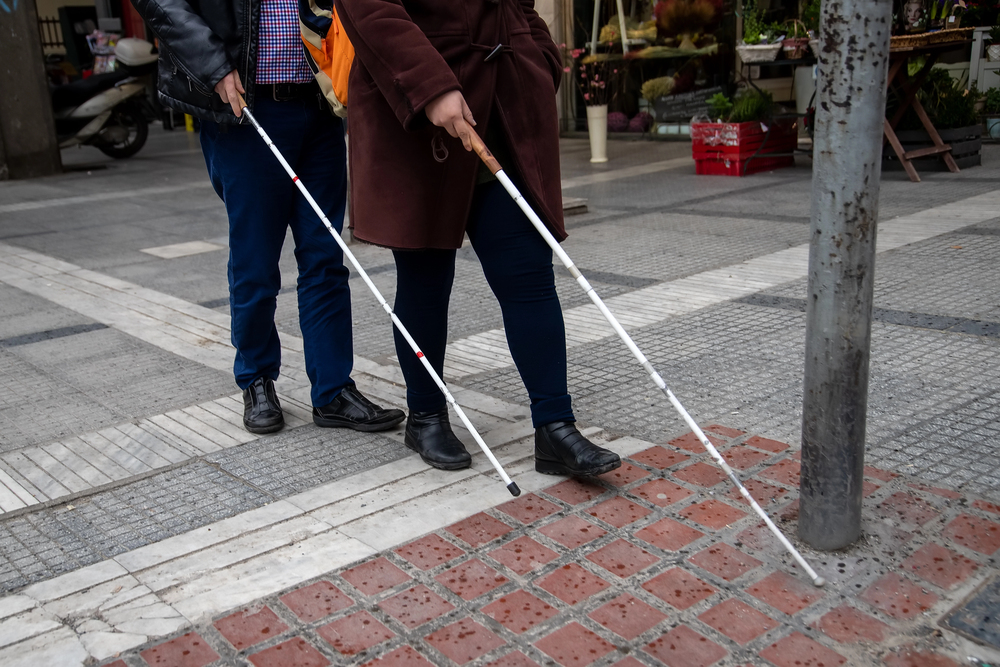
Bridges the Gap
Digital accessibility bridges the gap between exclusion and participation. It removes obstacles that prevent us from accessing essential services, education, work opportunities, and social connections. It ensures that we have the same rights and freedoms as everyone else. Accessibility is not a bonus, it’s a necessity.

Conclusion
Digital accessibility gives me freedom, dignity, and inclusion. When the digital world is accessible, everyone benefits. It’s not just about making life easier for people with disabilities, it’s about making the world a better place for all. Digital Accessibility gives me the control of my life that I do not currently have.
